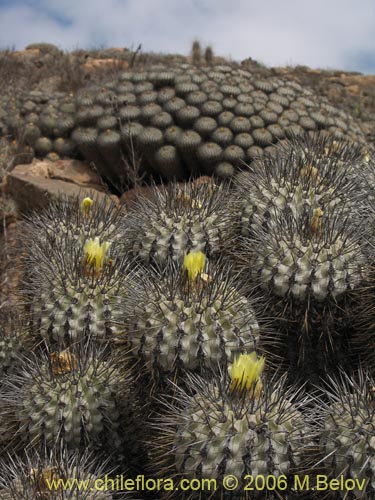than any other country in the world*
Stop ISRAELI WAR CRIMES and GENOCIDE

|
ISRAEL MURDERED MORE CHILDREN
than any other country in the world* Stop ISRAELI WAR CRIMES and GENOCIDE Your Seeds Source...
| ||
| ||
Some thoughts on the meaning of time for plants
In September 2007 I have visited several places which present interest from botanic point of view in Northern Chile, hoping to observe the "Blooming Desert," a phenomenon which occurs once every couple of years. That year was not exactly the best choice in this sense, since it had rained little, so that the only blooming thing one could definitively observe was the Panamerican Highway, which is a heaven for the plants (no joke meant here!) since the scarce water can stay longer under the tarmac and is protected against evaporation, and the tarmac redirects the surface water towards the sides where the plants thrive... But the desert remained barren...
Despite this apparent disappointment, the lack of flowers produced a much stronger impact in me than if had been a traditional nice and beautiful blooming desert... The absence of the phenomenon allows one to experience a rather unknown facet of the desert plant life in the North of Chile.
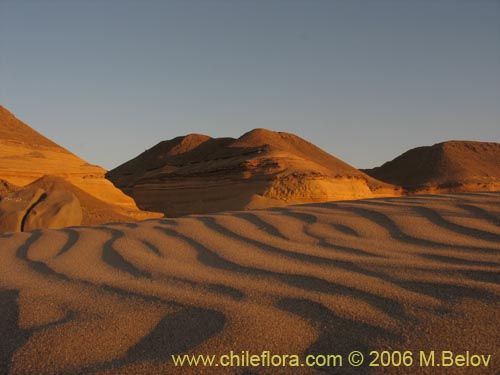
The most surprising thing for a person who is used to the "normal" vegetation of the woods of Europe or North America and who suddenly finds him- or herself thrown into the large expanses of the other-worldy landscapes of the Northern Chile is the absolute silence of the plants... The strangest moment is when one stops the engine of the car, opens the door, and begins to listen the silence... the silence of the plants... This silence is very eery, menacing. That is not to say that you do not have any desert sounds - on the contrary, in some places the wind might blow with a a gale force, whistling in the antenna, the wheels, the luggage rack, shaking the car.
But the plants here prefer to keep silence - there are no leaves which move and rustle, because there are no plants with "normal" leaves such as one is used to find in the more template regions of the world; most of the plants have small leaves or none at all, as the cacti; and especially the latter, with their thorns in strong wind, produce a whining sound which is extremely strange for the first-timer.
There are live plants which seem to be dead, without any sign of the leaves, just dead-looking yellowish branches awaiting the season of rain which may come once in a decade; there are absent plants, which can not be seen, sleeping in the eternity of the dry desert as bulbs; there are plants which are in transition, neither alive nor dead, because the only thing remaining of them is a small piece of germoplasma, the only thing which can take them to resurrection and salvation. And all of them are waiting, waiting... they are in suspension awaiting the water. And the water is a very scarce commodity here, so scarce that it takes on a philosophical dimension and becomes so powerful that it manages to control the time in these unearthly landscapes. The lack of water here does not determine the live and the death; to say that would be nothing more than a mere banality. The lack of water transforms the perception and flow of time, acting like gravity.
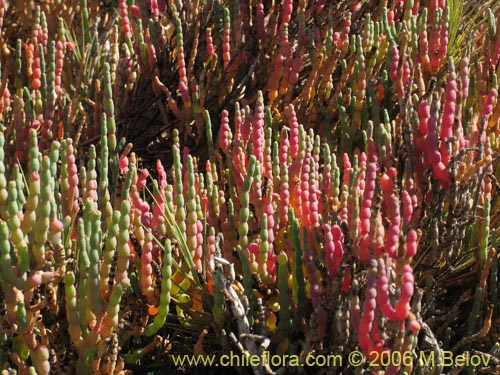
And when a miracle happens, such as when a bad weather front or a local storm manages to break through the barriers of high air pressure which protect the sanctuary of an unknown world and drops a few millimeters of water, the violence begins... The time knot is broken, the plants unleash all their fury accumulated during the waiting years... The annual plants spring up everywhere, converting completely barren plains into flower carpets, in order to grow, be able to extract water and to use it to accumulate the energy necessary to produce the next seed generation. The perennial plants have to fight first to recover their reserves wasted during the long waiting times and then to decide whether they are going to reproduce or not. And all this happens with a single "thought" instilled during the thousands of years: "will I make it?" Sounds rather strange, but it is truly a life-and-death run, cruel, violent, because the annual plants, once they begin the process of germinating, can not turn back and if they run out of water, they would not be able to reproduce the sees necessary to carry on their genes in the next generation; so they may loose the opportunity to go on living. And believe it or not, plants do make mistakes of their life: here and there you can see rests of plants with withered flowers and no hope to get to the seed stage... The plant lost its battle for life. And even perennial plants and cacti can make blunders and loose it out. Now and then you may encounter dried rests of a small cactus with a few seeds in it... it lost the race, not against other plants, but against the time...
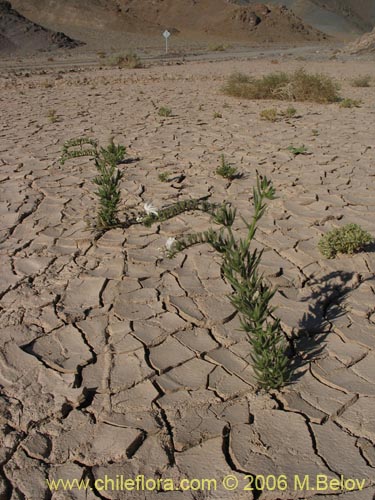
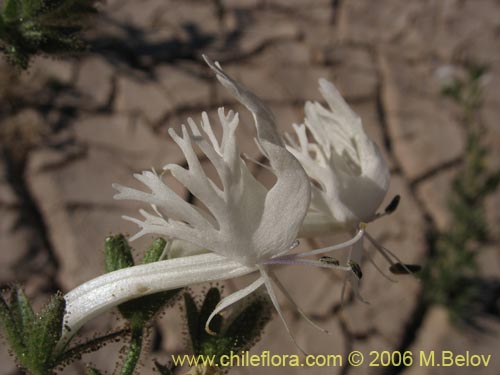
The time, time is everything in these places. It is sufficient to look at the groups of Copiapoas just north of Carrizal Bajo... There are areas where the plants cover 25 % - 50 % of the surface, a density so high that the organic matter scattered evenly would cover all the surface with a layer of about 25 cm. high! And that is in an area where the annual rainfall hardly exceeds 25 mm.! This means that if the plants would use all the available surface water, something which is obviously impossible, they would take 10 years to store up on the water reserves they have! And in real terms, considering the losses to evaporation, water not recovered from the soil, they take much, much longer to get to the size and concentration they have. And they grow slowly, very slowly. If they lack water here, time they have plenty...
